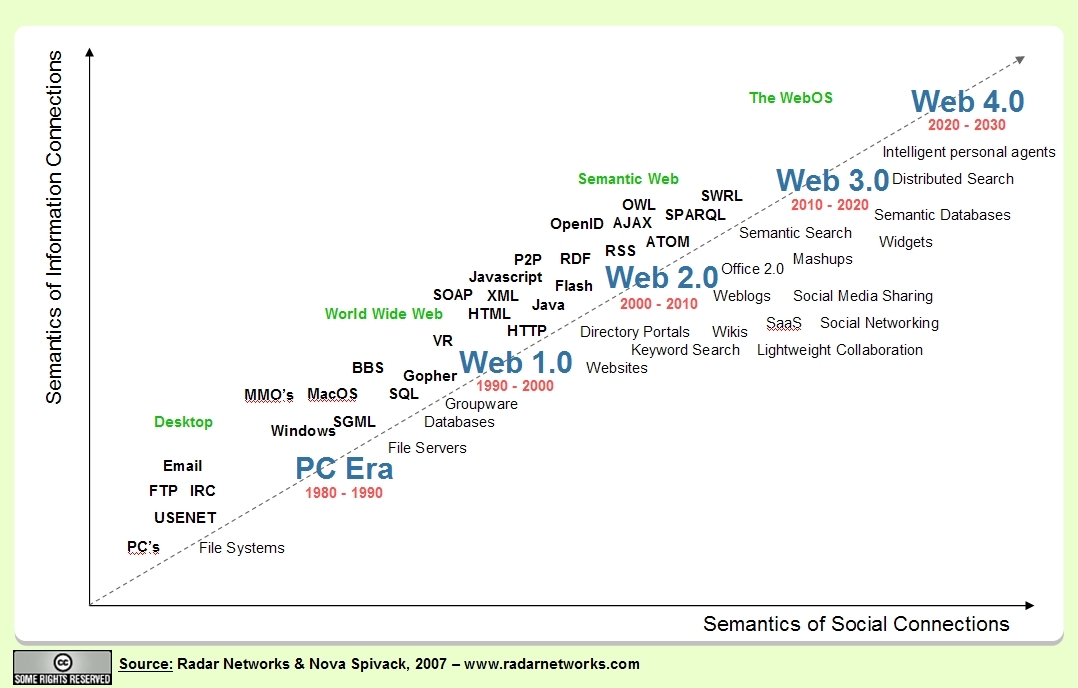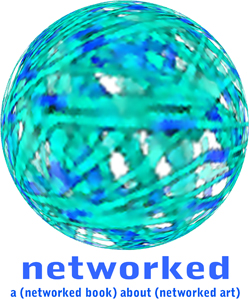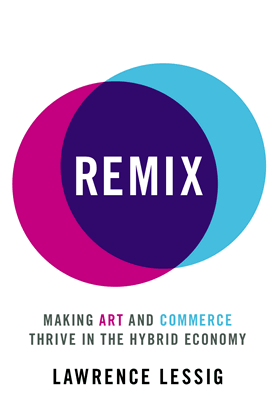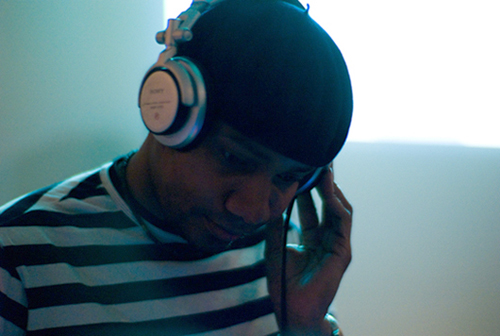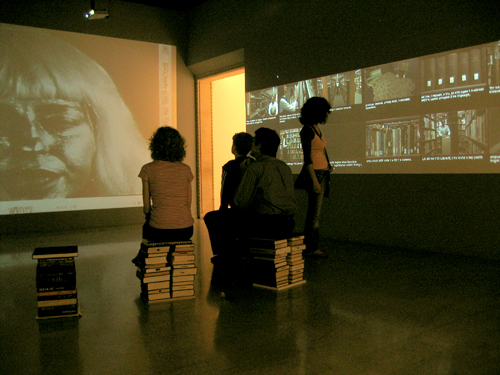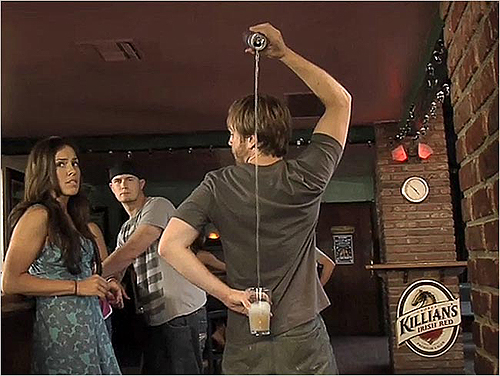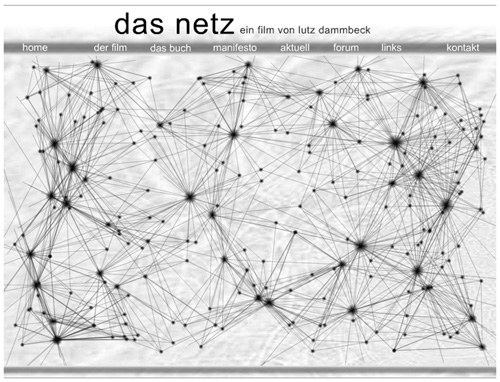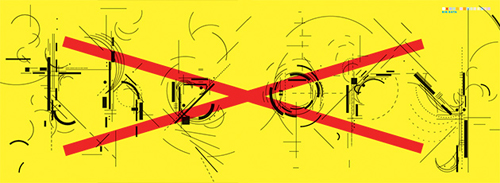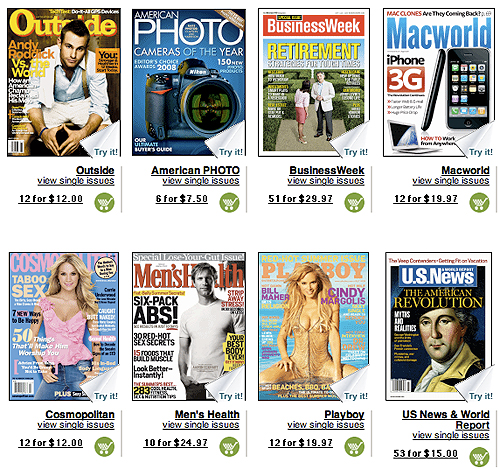Web 2.0 and Beyond
Image source: Flckr
(Click image to enlarge, or here)
The past, present and future of the web are presented in the above diagram. The image is peculiar for proposing a linear development towards AI. It appears that we are about to enter Web 3.0,or perhaps we may already be there. The mashup, social media sharing, and social networking, are presented as transitional elements from Web 2.0 to 3.0. However, It is not clear to me what lightweight collaboration might be.
Below are some interesting articles on the future of the web:
Dean Giustini, Web 3.0 and Medicine. British Medical Journal. December 2007
Nova Spivack, The Third-Generation Web is Coming
Resource, World Wide Mind Project
Tristan Zand, Web 3.0 back to the real world / back to our sense, June 2006
Various articles by John Markoff at the NY Times:
Entrepreneurs See a Web Guided by Common Sense
By JOHN MARKOFF. Published: November 12, 2006 … Referred to as Web 3.0, the effort is in its infancy, and the very idea has given rise to skeptics who …
What I Meant to Say Was Semantic Web – Bits Blog
Until web 3.0 comes around or the monitors allow our comments I would like to hear more. …. John Markoff. Reporter, San Francisco …
John Markoff – Bits Blog By John Markoff. Radar Networks is introducing Twine.com, a service that uses semantic Web technology, sometimes called Web 3.0, to improve sharing …

